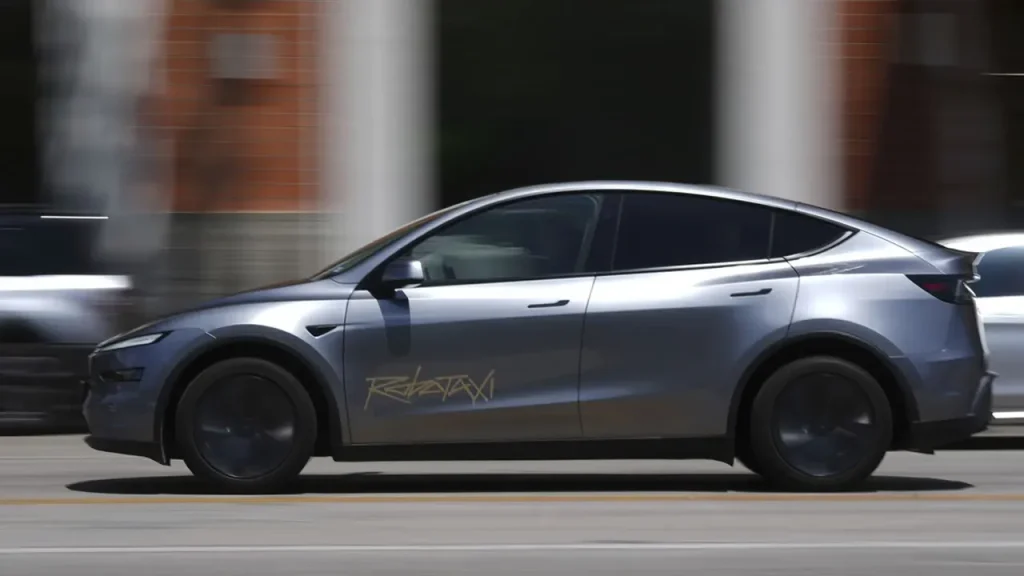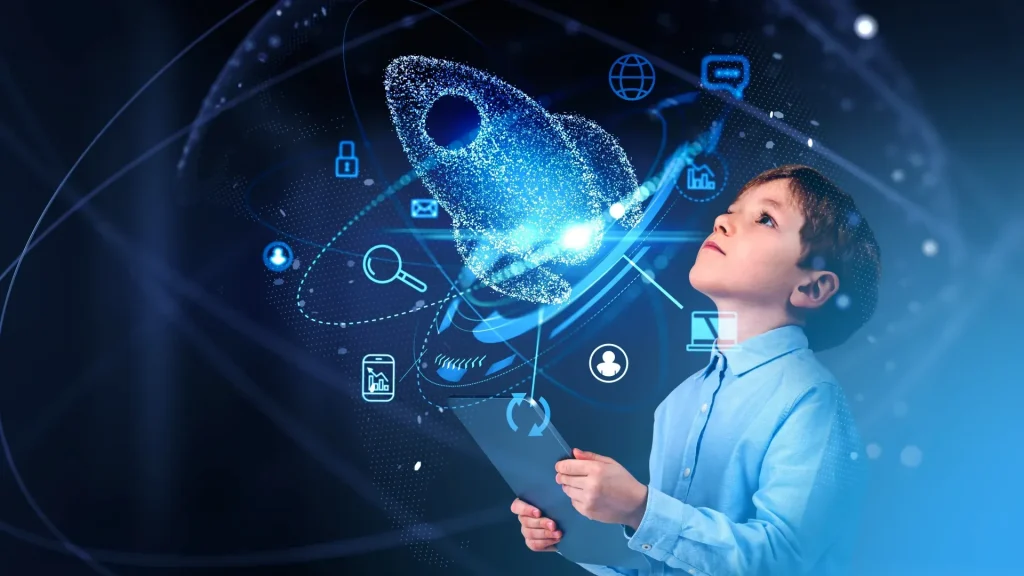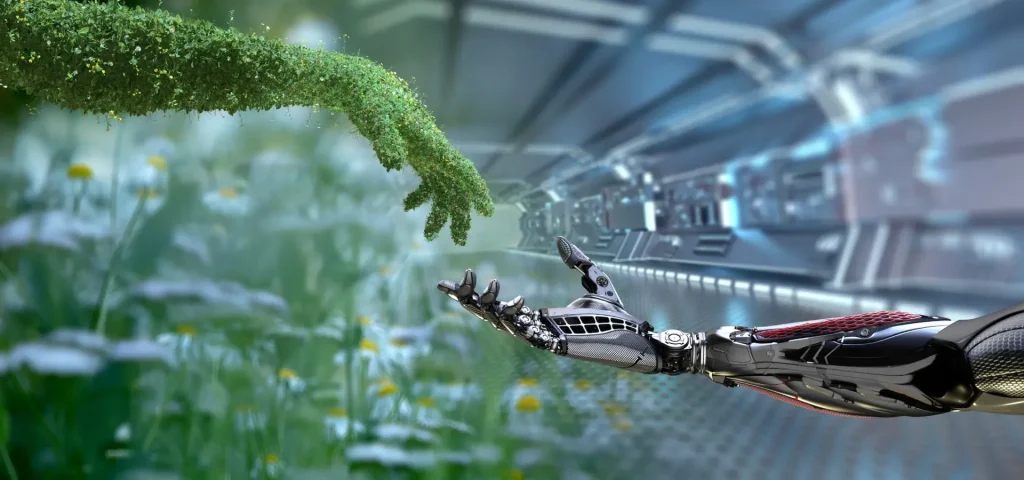The Tesla robotaxi service is poised to revolutionize transportation in California, highlighting the company’s ambitious plans to expand its autonomous ride-hailing capabilities. During a recent earnings call, CEO Elon Musk hinted at this exciting development, aiming to bring Tesla’s innovative technology to the vibrant San Francisco Bay Area. However, regulatory hurdles remain, as the California Public Utilities Commission has made it clear that the company cannot operate fully driverless vehicles without the appropriate permits. Despite these challenges, Tesla has announced a “friends and family” car service, leveraging their existing non-autonomous vehicles. This initiative not only opens new avenues for Tesla car service but also intensifies discussions on the future of robotaxis and the ongoing developments in autonomous vehicles as highlighted in the latest Elon Musk Tesla news.
Tesla’s foray into the autonomous ride-hailing market, often referred to as their robotaxi initiative, represents a significant leap in urban mobility solutions. This venture aims to integrate cutting-edge autonomous technology into everyday transportation, aligning with trends seen in California’s growing robotaxi sector. As industry leaders like Tesla innovate, they navigate regulatory landscapes that dictate how these services can operate. Furthermore, the buzz surrounding self-driving vehicles is intensified by ongoing news of robotaxi expansion efforts in various markets. With competitors like Waymo already establishing their presence, Tesla aims not just to catch up but to set new standards in the autonomous vehicle industry.
Tesla’s Robotaxi Service: A New Era in Transportation
Tesla’s ambitious venture into the robotaxi market represents a significant transformation in the landscape of urban transportation. With a vision to roll out driverless vehicles, the company is poised to offer a non-traditional car service that combines cutting-edge technology with the convenience of on-demand rides. The anticipated expansion of Tesla’s robotaxi service in the San Francisco Bay Area is a pivotal step, not just for the company, but also for the future of autonomous vehicles across California and potentially beyond.
However, the journey toward full autonomy presents regulatory challenges. The California Public Utilities Commission (CPUC) has made it clear that Tesla is currently not permitted to transport passengers in autonomous vehicles without a driver present. This restriction emphasizes the need for Tesla to navigate its operations carefully while still working towards a fully autonomous future. Nevertheless, this development marks an exciting milestone as Tesla strives to innovate in the evolving realm of taxi services.
Elon Musk’s Vision for Tesla Car Service
Elon Musk has consistently outlined his vision for Tesla’s role in revolutionizing urban mobility, showcasing plans for an extensive car service that caters to various demographics. The recent announcement about expanding Tesla’s robotaxi service is just one facet of Musk’s overarching strategy to integrate electric and autonomous vehicles into the daily lives of consumers. The designation of a ‘friends and family’ service indicates aspirations for community engagement while testing the waters for broader acceptance of the robotaxi model.
Despite facing regulatory hurdles, Musk remains optimistic about the future of Tesla’s car services in California. He envisions a comprehensive network of autonomous vehicles capable of providing seamless transportation for users. As the market develops, it’s likely that Tesla will continue to innovate and adapt its services, ensuring that they remain at the forefront of the robotaxi expansion seen in markets both within the state and across the nation.
Navigating Regulations in the California Robotaxi Market
One of the primary challenges faced by Tesla in launching its robotaxi service is navigating the complex regulatory landscape in California. The state’s regulatory bodies, including the DMV and CPUC, have strict guidelines governing the operation of autonomous vehicles. As Tesla plans to expand its services, it must comply with these regulations, which dictate that a human driver must be present when transporting passengers in the robotaxi initiative.
Moreover, the uncertain regulatory environment underscores the importance of Tesla’s communication with local officials and communities. Addressing the concerns of county officials, like those expressed by Marin County Board members, is imperative for fostering trust and ensuring a smooth rollout. By establishing clear lines of communication and engaging stakeholders early in the process, Tesla can support the public understanding of its services and mitigate any skepticism regarding its robotaxi vision.
The Future of Tesla’s Autonomous Vehicles
The future of Tesla’s autonomous vehicles relies heavily on technological advancements and regulatory approvals. Elon Musk’s vision extends beyond passenger transport to include optimizing the use of Tesla vehicles within a broader ecosystem of mobility solutions. As the company continues to develop its self-driving technology, the integration of artificial intelligence, machine learning, and sophisticated navigation will play critical roles in transforming how people travel.
With multiple parties, including the DMV and CPUC, closely scrutinizing its developments, Tesla’s commitment to safety and transparency will be crucial. As regulations evolve, Tesla’s approach could set industry benchmarks for other autonomous vehicle manufacturers, establishing a competitive edge in the ever-expanding robotaxi marketplace.
Community Feedback on Tesla’s Robotaxi Expansion
Public reaction to Tesla’s robotaxi expansion is a critical element in the transition to autonomous mobility. Local community members and officials have voiced mixed feelings about the prospect of robotaxis operating in their neighborhoods. Concerns regarding safety, reliability, and the need for transparent communication from Tesla emphasize the importance of engaging communities in the planning process.
For Tesla to succeed, it is essential for the company to address these concerns proactively. This interaction not only helps build public trust but also provides vital feedback that can shape service offerings to better meet community expectations. As Tesla navigates the complexities of launching its robotaxi service, fostering an open dialogue with residents can significantly enhance the likelihood of acceptance and long-term success.
Comparative Analysis: Tesla vs. Competitors in Robotaxi Services
As Tesla positions itself for a breakthrough in the robotaxi sector, it inevitably faces stiff competition from other established players like Waymo. The latter has obtained crucial permits to operate fully autonomous ride-hailing services, highlighting the gap between Tesla’s current operational limitations and the achievements of its competitors. Understanding the competitive landscape is vital as Tesla maneuvers through regulatory frameworks and prepares to launch its own services.
Analyzing the differences in approaches between Tesla and competitors provides insights into innovation and market dynamics. While both companies share a vision for autonomous transportation, their strategies may differ significantly, influencing consumer perception and market share. By continuously evaluating competitor moves, Tesla can refine its strategies, ensuring it remains at the forefront of the robotaxi expansion that is set to transform urban transportation.
Technical Innovations Fueling Tesla’s Robotaxi Vision
At the heart of Tesla’s ambitious robotaxi service lies a rich tapestry of technical innovations. Tesla’s commitment to research and development has led to the deployment of advanced algorithms and machine learning technologies that power its autonomous features. Through ongoing improvements in software and hardware, Tesla strives to enhance the capabilities of its vehicles, thereby ensuring they meet the safety standards required for public service.
Additionally, as Tesla continues to furnish its fleet with cutting-edge technology, the focus shifts towards creating an interconnected network of vehicles that can communicate seamlessly with each other and their environment. These developments are crucial for optimizing routes, managing traffic congestion, and improving overall travel efficiency. The integration of such innovations will not only propel Tesla’s robotaxi service forward but also potentially redefine urban transport strategies.
Consumer Response to Tesla’s ‘Friends and Family’ Car Service
The response from potential users regarding Tesla’s proposed ‘friends and family’ car service has been largely positive, as many individuals look forward to the opportunities this service could unlock. By allowing community members and select public users to experience Tesla’s latest technology firsthand, the company aims to create buzz and garner interest in its forthcoming robotaxi initiative. This grassroots approach can help establish a loyal customer base eager to adopt the new technology.
However, mixed reviews also arose, with some expressing concerns about safety and the ethical implications of relying on predominantly unmanned vehicles in public spaces. As Tesla navigates these waters, it’s essential for the company to ensure that service remains safe and reliable, addressing any doubts consumers may harbor. By prioritizing feedback and adapting to user concerns, Tesla can cultivate a positive relationship with its expanding customer demographic.
Regulatory Challenges for Autonomous Vehicles in California
California’s regulatory framework poses unique challenges for Tesla’s ambitions in the robotaxi arena. Specific rules regarding autonomous vehicle operations require companies to obtain various permits and undergo stringent evaluations before they can launch services. Tesla’s current situation highlights the importance of compliance, as the state has mandated that cranes are present while conducting passenger transport in non-autonomous vehicles.
This regulatory backdrop pushes Tesla to deploy a strategy that emphasizes adaptability and resilience. With ongoing discussions about the implications of its marketing claims and operational transparency, Tesla must devise a plan that reassures regulators of its commitment to safety and ethical practices. Developing a collaborative relationship with regulatory bodies is essential for paving the way toward a more flexible future for Tesla’s robotaxi initiatives.
Frequently Asked Questions
What is the Tesla robotaxi service and how does it work?
The Tesla robotaxi service is an automated ride-hailing system that utilizes Tesla’s autonomous vehicles. Operated through the Tesla app, passengers can request rides from Teslas that operate autonomously, although current regulations in California require a human driver to be present. This service is designed to offer convenient transportation in urban areas.
Is Tesla planning to expand its robotaxi service to California?
Yes, Tesla has announced plans to expand its robotaxi service to the San Francisco Bay Area. However, they are currently required to operate with human drivers due to regulatory limitations imposed by California authorities.
What are the current regulatory challenges faced by Tesla’s robotaxi service?
Tesla’s robotaxi service faces regulatory challenges in California as it is not yet permitted to carry passengers in fully autonomous vehicles. The California Public Utilities Commission mandates that a human driver must be present at all times during operations.
How does the Tesla car service differ from traditional taxi services?
The Tesla car service differs from traditional taxi services primarily by its use of advanced autonomous vehicle technology. While traditional taxis operate with human drivers, Tesla’s robotaxi service aims to utilize autonomous driving capabilities, although current regulations require human oversight.
What is the ‘friends and family’ car service mentioned by Tesla?
Tesla’s ‘friends and family’ car service refers to a pilot program where Tesla employees can provide rides to friends and family using non-autonomous vehicles, operating under a special permit in California.
When can we expect the launch of Tesla’s robotaxi expansion in California?
Tesla has hinted at the possibility of launching its robotaxi service expansion in California soon, but specific dates are contingent upon regulatory approvals and compliance with state laws regarding autonomous vehicles.
How does Tesla’s robotaxi service compare to rival companies like Waymo?
Compared to rival companies like Waymo, Tesla is still in the early stages of its robotaxi service. Waymo has obtained the necessary permits for a fully autonomous ride-hailing service, allowing it to operate more freely than Tesla in California.
What features will Tesla’s robotaxi service offer to users?
Tesla’s robotaxi service is expected to offer features such as seamless ride-hailing through the Tesla app, potentially reduced fares compared to traditional taxis, and the use of Tesla’s cutting-edge autonomous driving technology.
Are there safety measures in place for Tesla’s robotaxi service?
Yes, Tesla’s robotaxi service includes safety measures such as having a human safety driver present in the vehicle during the testing phase, ensuring that passengers are supervised during their rides.
How has Elon Musk’s vision impacted the Tesla robotaxi service?
Elon Musk’s vision has been instrumental in pushing for advancements in autonomous vehicles, propelling the development and potential expansion of the Tesla robotaxi service as part of Tesla’s broader mission to revolutionize transportation.
| Key Point | Details |
|---|---|
| Tesla Robotaxi Expansion | Elon Musk hinted at expanding the robotaxi service to the San Francisco Bay Area and beyond. |
| Regulatory Challenges | California regulators state Tesla lacks permits for driverless operation and may only operate a car service with human drivers. |
| Charter Permits | Tesla holds a charter-party carrier permit to operate a private car service with human drivers. |
| Service Limitations | Service for ‘friends and family’ must only involve non-autonomous vehicles (non-AVs). |
| Testing in Other Locations | Testing of robotaxi service is underway in Austin, Texas, with conditions of day use and a human safety supervisor. |
| Consumer Misleading Issues | The DMV has accused Tesla of misleading about driver assistance system capabilities. |
| Local Government Concerns | Lack of communication from Tesla has raised concerns among local officials in Marin County. |
| Competition | Waymo is ahead in the robotaxi market, having received permits necessary for a driverless service. |
Summary
The Tesla robotaxi service represents a significant advancement in the future of transportation, with its plans for expansion in California. Despite regulatory hurdles and limitations on service type, such as only being able to operate non-autonomous vehicles with drivers, Tesla is pushing forward with its innovative approach to mobility. As developments unfold, it will be crucial for Tesla to maintain transparency with local communities and regulators, ensuring a smooth transition to this new service.



